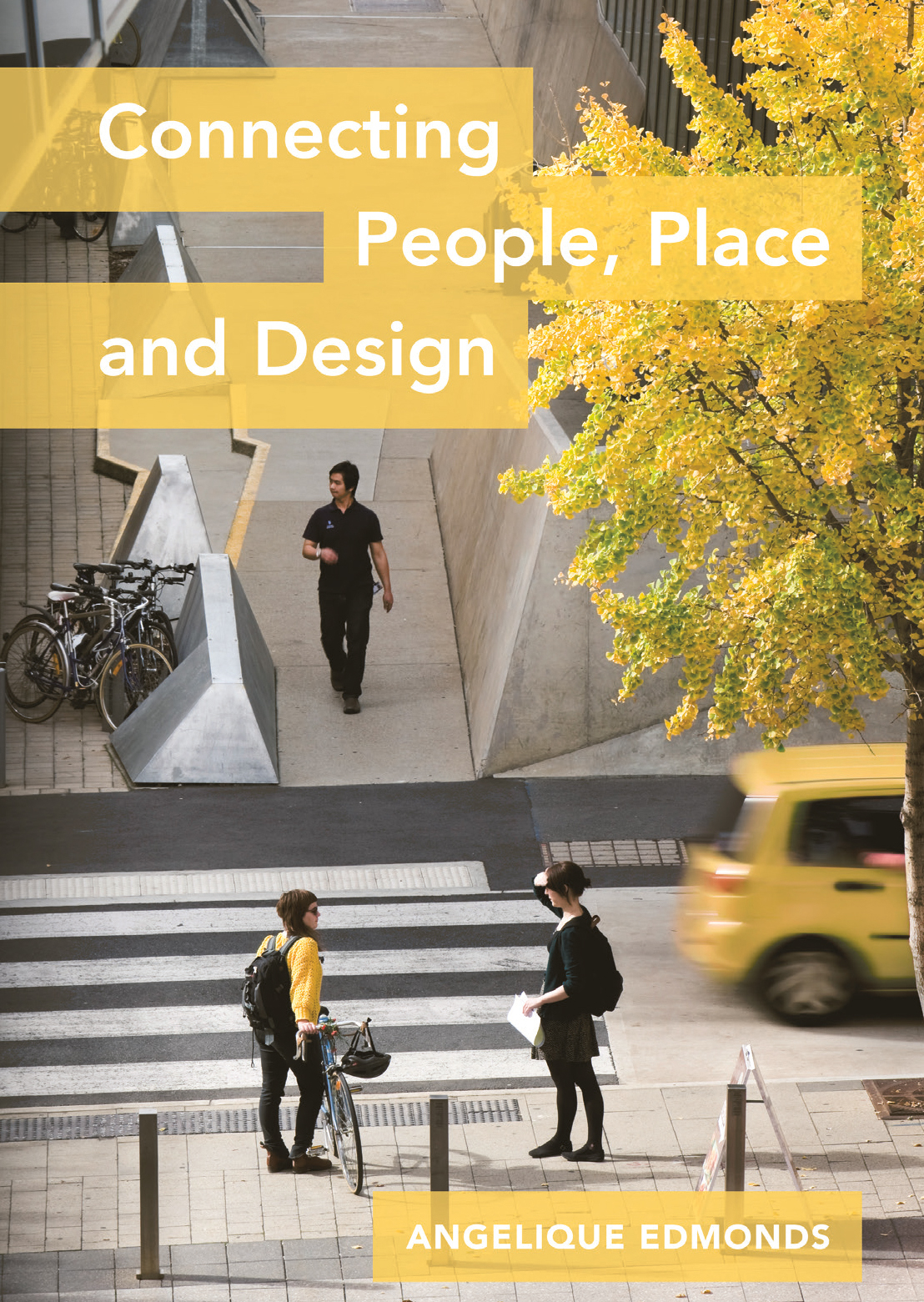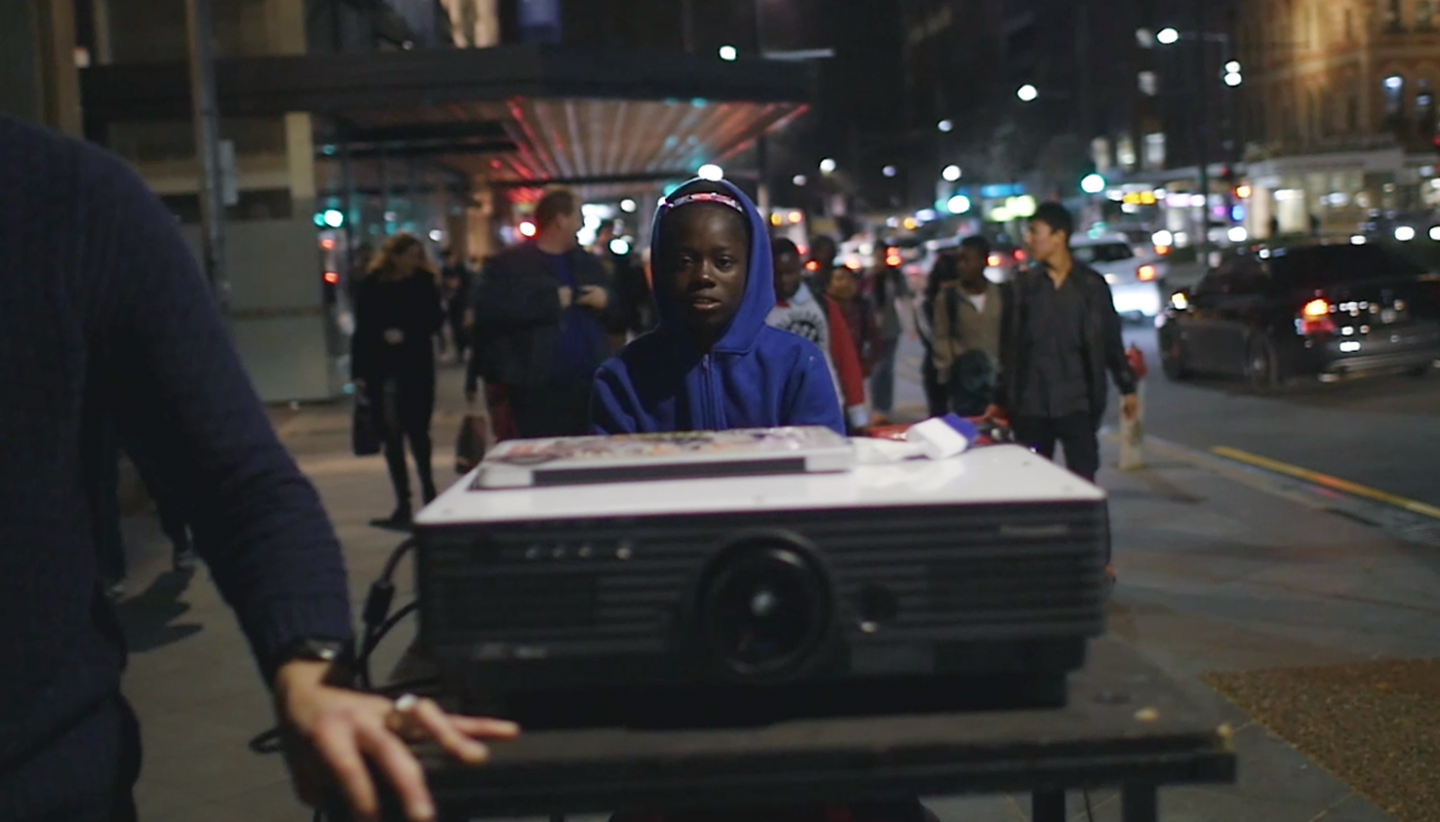Stephen Muecke
Stephen Muecke is Professor of Creative Writing, College of Humanities, Arts and Social Sciences at Flinders University.

A new book from Angelique Edmonds rethinks urban design from the ground up using inspiration from the connectedness of people and place.
In this environmentally-sensitive book, Angelique Edmonds makes the urban environment come to life by highlighting the agency of non-human actors.
But Edmonds is not, strictly speaking, an environmentalist. She has taught Architecture at UniSA for 12 years, alongside running her own enterprise, the School for Creating Change, and has worked on various urban design consultancies. She is well-placed to do this kind of work. Combining a deep philosophical grounding and cutting-edge new ideas, she rethinks the whole field of urban design from the ground up, a ground that includes the deep history of the two main traditions that converge in Australia, European and Aboriginal.
A few years ago, her doctoral work took her to the Roper River region in the Northern Territory, a good move if you want to contemplate the meaning of place. It is well-established that place is a central concept in Aboriginal philosophies. Country is alive, and non-humans (plants, animals, rocks) play active roles in giving places their rich meanings, and ultimately, laws. Humans are inalienably connected, and the complex kinship system spells out just how they belong to each other and to the non-humans they are attached to. Society includes all these others, so care and responsibility for keeping all things alive flow from these relationships.
Edmonds moves on to contrast this kind of system with the modernist one invented much later in Europe. The Enlightenment had the bright idea of making humans exceptional and divided from what they came to call Nature. That domain was redefined as resources, as alienable property – both concepts conducive to extraction and accumulation in the economic system that accelerated modernisation to such an extent that it seemed to transcend place, to the ‘global’ stage we are now at, or were until recently.
We forgot where we were: on Earth. But climate change and COVID-19 are reminding us, in their ways. So is Edmonds, in the context of urban environments. For cities are where most of us live, and they need to be redesigned. But how? There are many great ideas in Edmond’s book, but let’s take a concrete example, set in Adelaide, the project that was dubbed 5000+. It was about ‘city re-design, and city renewal for inner Adelaide’ and took place under the Weatherill government, but with funding from all levels. Being design-led, it was all about ‘public engagement’, and ‘strategic creative alliances’. That meant unlike classically modernist urban planning, where relatively uniform ideas were imposed from above with the vision of some Corbusier type, this was about on-going engagement and process.

There were dozens of public events, for instance including children, the ‘indicator species’ who will inherit the city, but who, as children, use space differently. 5000+ gave them the chance to ‘stretch their imagination and be responsible for adding something to the world’.
Another project for newly arrived young migrants a few years later was My Story My City, facilitated by Edmonds and artist Peter Drew. It encouraged students to produce artworks that described ‘their fondest memories from their homeland and their dearest aspirations for their future’ in Adelaide. It was a huge success in that it showed that space and place are not givens, but open to feelings and modifications.
Working through place, people and participation as her major concepts, Edmonds’ book left me with a generous feeling of openness and possibility. Concluding with a series of principles, this book should be an urban planner’s guidebook to participatory community-based work.
While those with the capital may seem to have the ultimate say in ‘what goes up’ we are seeing with the current pandemic just how fragile their system can be as it is brought to its knees by an invasive, tiny, non-human species. Asking different humans (and even non-humans) who have to find ways of living together, to describe their concerns and what matters to them is part of the on-going process of designing a future together. In her book, Edmonds has set out a very useful way to do this.
Stephen Muecke is Professor of Creative Writing, College of Humanities, Arts and Social Sciences at Flinders University.